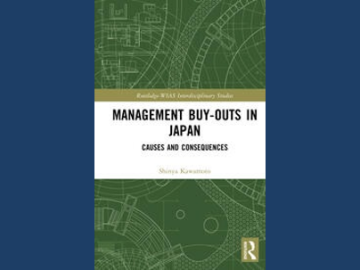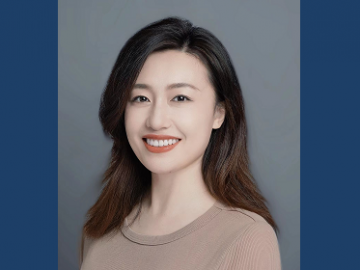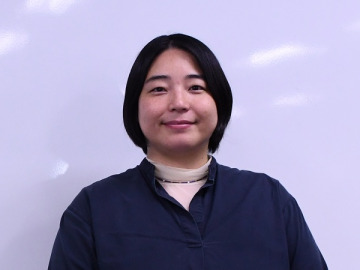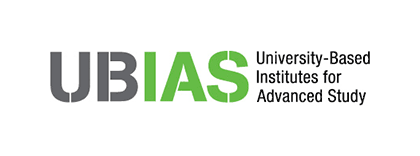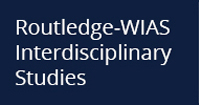Statement of Purpose
The direct detections of gravitational waves from merging compact objects opened up a new window to access the information on the equation of state of dense matter through the observation. In order to find true signals of gravitational waves from our targets in noisy observational data, it is necessary to prepare the theoretical waveform to extract them from the observational data. Merging neutron stars is one of the most violent phenomena in our universe and it is a good experimental cite to understand the properties of dense matter beyond the nuclear matter density. In this Top Runners’ lecture, we would like to discuss how we can indeed utilize such a new tool and what we can investigate.
Date and Time
December 9, 2022 (Friday), 17:00-18:30
Venue
The lecture will be online via zoom
Language
English
Speaker
Luca Baiotti (Professor, Osaka University)
Prof. Luca Baiotti obtained his Ph. D in Italy in 2004 and moved to Max Planck Institute for Gravitational Physics as a postdoctoral researcher. He came to University of Tokyo in 2007 and stayed at Kyoto University until 2009. After 2010, he became a faculty member of Osaka University. He solves the system of binary neutron stars using numerical relativity that is the first-principles computational method without any approximation in general relativity. In fact, he contributes to Einstein Tookit, which is the most famous public code of numerical relativity in the world. Because such a system contains extremely dense neutron star and it is a good experimental site for nuclear physics, he has strong connections to the institutes in Japan as well as in other countries, which is definitely important for gravitational wave collaborations.
Organizer
Okawa Hirotada (Associate professor, Waseda Institute of Advanced Studies, Waseda University)
Registration
Please click here.
Host Institution
Waseda University, Waseda Institute of Advanced Studies (WIAS)

